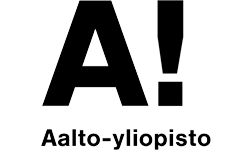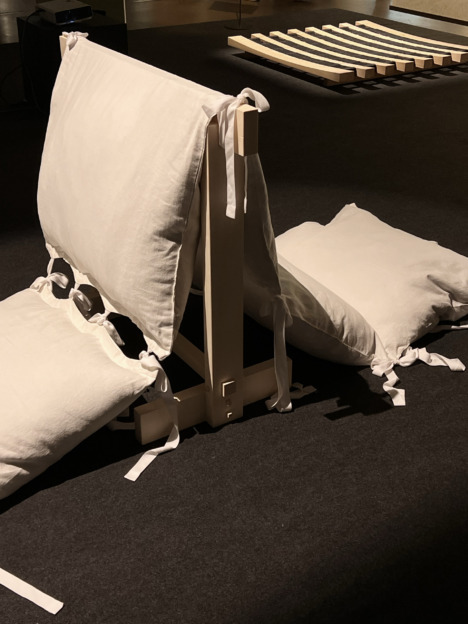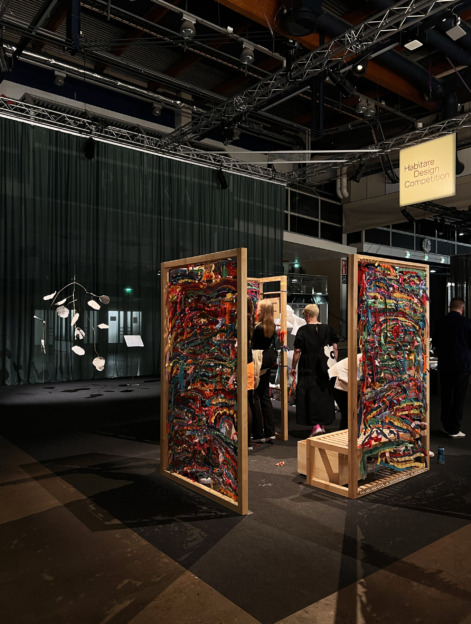Habitare Design Competition 2025

The theme of the competition is Domestic Islands
The Habitare Design Competition, organised by Messukeskus and Aalto University, puts the spotlight on up-and-coming design and architecture students. Now being held for the 21st time, the competition is open to entries from people studying design and architecture in Finland, as well as University of the Arts Helsinki students or teams of students.
The theme of this year’s competition is Domestic Islands.
The brief is to design and build a domestic island – the focal point of relaxation, creativity, laziness and rest. It is intended for the home environment, with the primary purpose of enabling tactile experiences of relaxation, creative leisure, and rest. Competition entries should reflect the Habitare 2025 theme Touch, exploring our human need to experience, touch and feel things.
“The theme of the competition explores the possibilities of finding islands of rest and recovery within the home environment. If we move away from the traditional idea of a sofa or armchair, where could we rest? And if we focus on the traditional resting furniture in the home, how could they be more touching, humane, and personal? Or do we even need furniture for rest?” says Päivi Helander, chair of the competition jury and Creative Lead at Habitare.
The jury will select the finalists, whose competition entries will be displayed at Habitare from 10 to 14 September 2025. The winner will be announced at Habitare on its opening day, 10 September 2025.
The Habitare Design Competition 2025 has a grand prize of €5,000, donated by the Finnish Fair Foundation.
The competition task description
The theme of the Habitare Design Competition 2025 is Domestic Islands. The brief is to design and build a domestic island – the focal point of relaxation, creativity, laziness and rest.
Who can participate?
The competition is open to entries from people studying design and architecture in Finland, as well as University of the Arts Helsinki students or teams of students. Team size is not restricted. The competition organisers encourage contestants to assemble multi-disciplinary teams that can approach the brief with an open mind. The contestants, including all team members, must be enrolled at the institutions mentioned above at the time of the competition launch, on 9 December 2024.
The Competition Schedule
The deadline for submitting entries for the first stage of the two-stage competition is 25 April 2025 at 4 pm. In the first stage, the jury members are architect and Aalto University Professor Pentti Kareoja, industrial designer and Lecturer of Aalto University Simo Puintila and designer and Aalto University Professor Tomek Rygalik. The chair of the jury is Päivi Helander, Creative Lead at Habitare and Lecturer at Aalto University.
The jury will select the finalists, whose competition entries will be displayed at Habitare from 10 to 14 September 2025. The winner of the competition will be chosen by the head judge, who will be announced later. The winner will be announced at Habitare on its opening day, 10 September 2025.
The Habitare Design Competition 2025 has a grand prize of €5,000, donated by the Finnish Fair Foundation.
Evaluation Criteria
The Jury will evaluate the competition entries based on their artistic and design quality. The entries will also be assessed based on their functional, material and structural characteristics.




